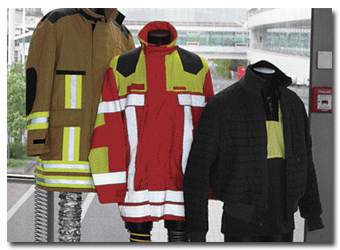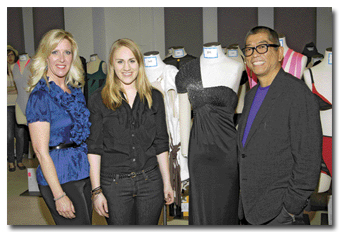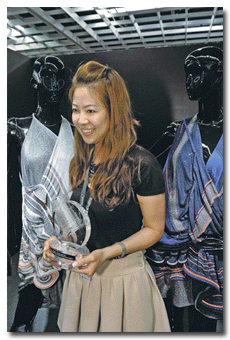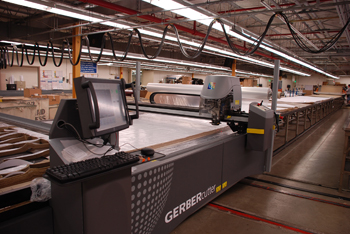The near-term economic outlook isn’t nearly as bleak as some of today’s purveyors of gloom and doom
would have us believe. True, first-half gross domestic product (GDP) grew at a rather anemic pace.
But now some modest uptick seems likely. Employment and incomes continue to inch higher — at least
enough to put a bit more purchasing power in consumer hands. The topping out of gasoline prices
should also be a plus. Even more important, family financial positions are now showing significant
improvement — with total household net worth rising to more than $58 trillion. That’s up 1.2
percent from the previous quarter and an impressive 15 percent above the early 2009 recession low.
There also has been noticeable improvement in the family debt/income ratio, which dropped from 130
percent in 2007 to just 114 percent at last report. All these developments are bound to have some
positive impact — for as financial situations improve, consumers are more willing to loosen their
purse strings. Further confirmation of better days ahead comes from a recent survey of 67 top
business analysts. It projects a 3.2-percent second-half 2011 GDP expansion — a lot better than the
less-than-2-percent gain of the past six months. Washington’s latest projections are equally
positive. If the Federal Reserve Bank’s latest 2.7- to 2.9-percent projected increase for all of
2011 is correct, this again suggests a second-half gain of more than 3 percent. Other things being
equal, that should be enough to keep the domestic textile and apparel industries in the plus column
for the second straight year.
Cost And Price Trends
Another encouraging sign: The current profit squeeze, fostered by rising costs and only
limited price increases, may also be about to ease. On the cost side, much of the huge cotton fiber
runup of late 2010 and early 2011 has been rolled back. Raw cotton quotes, which earlier this year
were above $2 a pound, have dropped significantly — with the average spot quote in recent weeks
running more than 40 percent under its earlier peak. And, as pointed out in an earlier column, an
improving supply-demand outlook, both here and abroad, is pointing to further cotton easing in the
months immediately ahead. Meantime, some noticeable cost relief is also coming from mill and
apparel makers’ efforts to switch to cheaper and fewer material inputs. There’s a fair amount of
tweaking that can be done to trim costs without affecting the overall quality of the products. Some
of the moves being made: reducing the amount of material waste, eliminating cuffs and pleats,
scrimping on coat linings, using coarser materials for pockets, eliminating decorative stitching,
and last but not least, using cheaper buttons and other parts. True, these moves will generally
trim only pennies rather than dollars off the cost of any given garment. But for apparel makers who
make hundreds of thousands of units, these small cost reductions can add up to significant savings.
Bottom line: Production costs haven’t been rising as much as feared.
Price Hikes Also Help
To be sure, not all of even these reduced cost increases have been passed along to buyers,
but the fact that some have would seem to attest to the U.S. industry’s bottom-line health. At last
report, for example, producer prices in the basic textile mill sector were running 13- to
14-percent ahead of year-earlier levels. And in the more highly fabricated textile product mill
sector, prices were also up, though by a somewhat smaller 4 to 5 percent. Moreover, price levels
are even rising in the extremely competitive apparel sector, in which they have increased by close
to 2 percent since the end of last year. More important, the above-noted textile and apparel
advances should persist for a few more months — though the magnitude of increases should diminish
as the recent cost surge begins to wind down. In any event, these are noteworthy boosts for
industries that have traditionally resisted price boosts -— rarely showing more than a fractional
advance in any given year. Another price-related domestic industry plus: rising textile and apparel
import tags — a trend that is beginning to have some repercussions on industry sourcing. More and
more domestic firms are now said to be actively considering a shift back to Western Hemisphere
sourcing – and in some cases, even a return to U.S. mainland suppliers.
July/August 2011









